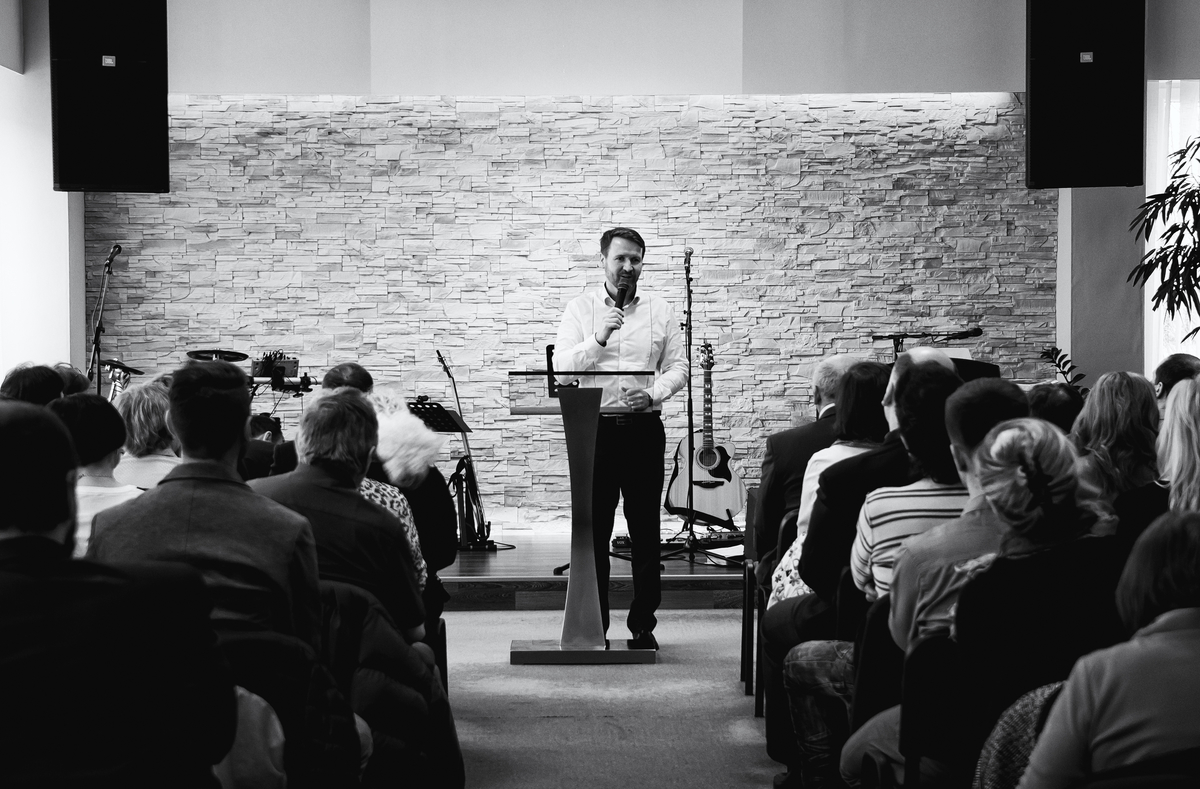Organizations and churches drift away from their identity and mission. Without constant care and godly leadership, drift pulls a church from her core message and mission. A church doesn’t drift into greater health or better focus.
We drift as individuals in the same manner. We don’t drift into physical fitness or spiritual growth. We drift away from those things, not toward them. D.A. Carson wrote, “People do not drift toward holiness. Apart from grace-driven effort, people do not gravitate toward godliness, prayer, obedience to Scripture, faith, and delight in the Lord.”
In terms of strategy and mission, there are two common and related drifts that plague churches.
1. Churches drift toward complexity.
As a church grows and matures, there is an inevitable pull to add layers of bureaucracy and to fill calendars with lots of events and programs. As a church drifts toward complexity, staff members become program managers instead of equippers. Communication becomes increasingly challenging because there is increasingly more to communicate. New people have a difficult time figuring out what is most important because there are so many things happening. Ministries, within the same church, compete for resources and energy. Complexity presents a plethora of problems.
Ironically, many pastors have told congregations, “If Satan cannot get you to walk away from God, he will tempt you to be busy.” Or, “Just because you are busy doing things for God does not mean you are walking with God.” So while lamenting the busyness of people and of the surrounding culture, many churches grow busier.
2. Churches drift off mission.
As a church increasingly drifts toward complexity, she also increasingly drifts off mission. If a church is complicated, she will not have the energy or the resources available to be highly engaged in mission. The church will spend her time existing for herself, setting up systems for herself, and communicating to herself. When you are complex, you tend to be inward. When there is so much to manage at the church building, there is so little time to think strategically about the community and minimal energy to serve those in the community.
Complexity isn’t always the beginning point. A drift off mission will result in complexity. When a mission and strategy are not clear, anything can be added to the church. When mission does not grab the collective soul of the church, something else will.
Mission drift never self-corrects. Leaders must constantly address the pull away from mission and the pull toward complexity. Here’s how:
Keep the mission central.
The core message of a church must be the gospel, the good news that Jesus saves sinners by giving us His righteousness in exchange for our sin. And the core mission of a church must be the mission He gave us: make disciples. Churches may express their mission in contextual terms, but the mission must be in constant view. Leaders must continually point people to the church’s mission and work to embed a passion for the mission into everything the church does.
Keep the strategy simple.
Strategy is how the mission is accomplished. A simple strategy fights against the inevitable drift toward complexity. When the strategy is simple, the most important environments that flow from the mission of making disciples are emphasized. An overcrowded calendar is abhorred because it would drown the strategy.





